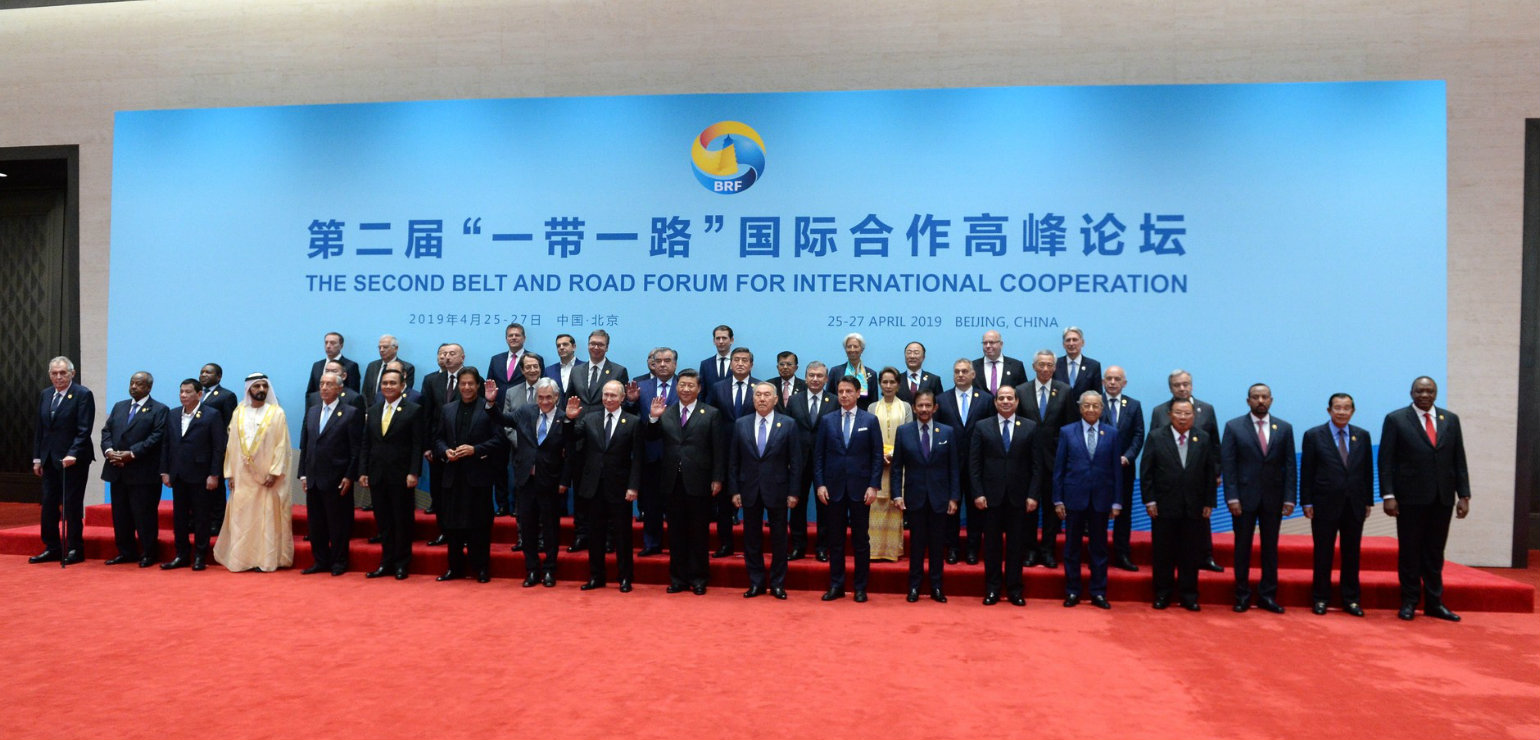But China has leapt forward in infrastructure-related spending. As a gateway to Southern Europe, the Balkans form a key link in Beijing’s One Belt One Road project, a USD1 trillion plan to pave a path for its exports to Europe and beyond.
A report by the European Bank for Reconstruction and Development (EBRD), published in September 2017, claimed that there are “legitimate concerns” about the Chinese investments, because Chinese companies serve as proxies for the Chinese state, and employ few locals, while infrastructure projects and lending agreements burden governments with large debt obligations.
From the EU perspective, there is concern the Chinese model of investment — free of requirements where recipients tackle issues like corruption or press restrictions — will work against Brussels’ goals in the region. For instance, China is funding the expansion of coal-fired energy plants, bucking an EU trend away from fossil fuels.
Debt-trap diplomacy?
Some of countries in the Western Balkans already have sovereign debt levels as high as 70 per cent of their GDP. Montenegro has reached 80 per cent and as of 2018, Montenegro owes almost 40 per cent of its debt to China, followed by North Macedonia with 20 per cent, Bosnia and Herzegovina with 14 per cent, and Serbia with 12 per cent, according to the MERICS. There is a fear the countries could fall victim to “debt-trap diplomacy” — when nations that default on China’s loans are forced to hand over assets. The Western Balkans remain an open field outside the EU and have already attracted a significant chunk of the 16+1 investment.
Between 2007 and 2017, Beijing announced EUR12bn in loans for construction projects in the 16 countries — a third of which were earmarked for Serbia, followed by Bosnia (21 per cent) and Montenegro (7 per cent), according to a European Investment Bank study. According to an 2017 IMF study, China is financing at least USD6.94bn in railway, energy and road construction in the Western Balkans.
Serbia heads the field
Serbia aims to become China’s top partner in Southeast Europe and attract Chinese investors to several fields. According to the Serbian Statistical Office, trade between Serbia and China has been growing. In the period January-June 2017, Serbian exports to China was worth USD29.4m. This figure grew to USD38.1m in the same period in 2018. Serbian officials have recently signed agreements with China worth USD3bn during a two-day visit to Beijing, which include Chinese economic investments and the purchase of new military equipment by Belgrade.
Alongside multiple infrastructure projects, China is present in Serbia’s steel industry as the owner of the country’s only steel mill Zelezara Smederevo (read more), which was taken over by Hebei Iron and Steel Group (HBIS) in July 2016.
Serbia’s government recently signed a memorandum of understanding with China Communications Construction Company (CCCC) for the construction of a trunk road connecting Belgrade to European Corridor XI. The Serbian government expects to complete the construction of the 9 km Surcin-Belgrade trunk road by 2021. It signed a USD233.69m agreement with China on the design and construction of Surcin-Obrenovac section of Corridor XI in June 2016.
Serbia is the only Western Balkan country to date that has attracted sizable FDI from China. Overall, Chinese projects focus on Serbia, which has the region’s largest economy and accounts for 44 per cent of regional GDP. The country has been pinpointed for projects worth more than USD2.8bn. The most significant project is the upgrade of the Belgrade-Budapest railway.
By modernizing the railroad, Beijing would establish a transportation corridor between Piraeus in Greece and Western Europe via North Macedonia, Serbia, and Hungary. Surrounded by EU member states, the region connects the Piraeus port in Greece — already controlled by the Chinese — to the heart of Europe.
Serbia launched the project for the overhaul of the Belgrade-Stara Pazova section of the railway line connecting Belgrade to Budapest in November 2017. The overhaul represents the first cross-border project carried out by Serbia, Hungary and China in the framework of the China-Central and Eastern European Countries (CEEC) cooperation initiative.
China’s MINTH Automotive Europe has started building a new factory in Lozinca, western Serbia. The plant will be manufacturing aluminum car parts and employ 300 workers initially, and hire another 700 later. This investment is worth USD112m and will be realized in two phases. Chinese company Shandong Linglong has started the construction of a USD896m rubber plant in Serbia’s northern town of Zrenjanin, the Serbian government said. Serbia also signed a deal with the Chinese company CRBC to build an industrial park near Belgrade, which will involve more than 1,000 Chinese companies.
Serbian media also reported that during Serbia’s President Aleksandar Vučić visit to China it was agreed that Serbia will buy six military drones from China’s Chengdu Aircraft Industry Group, of which two will be armed.


